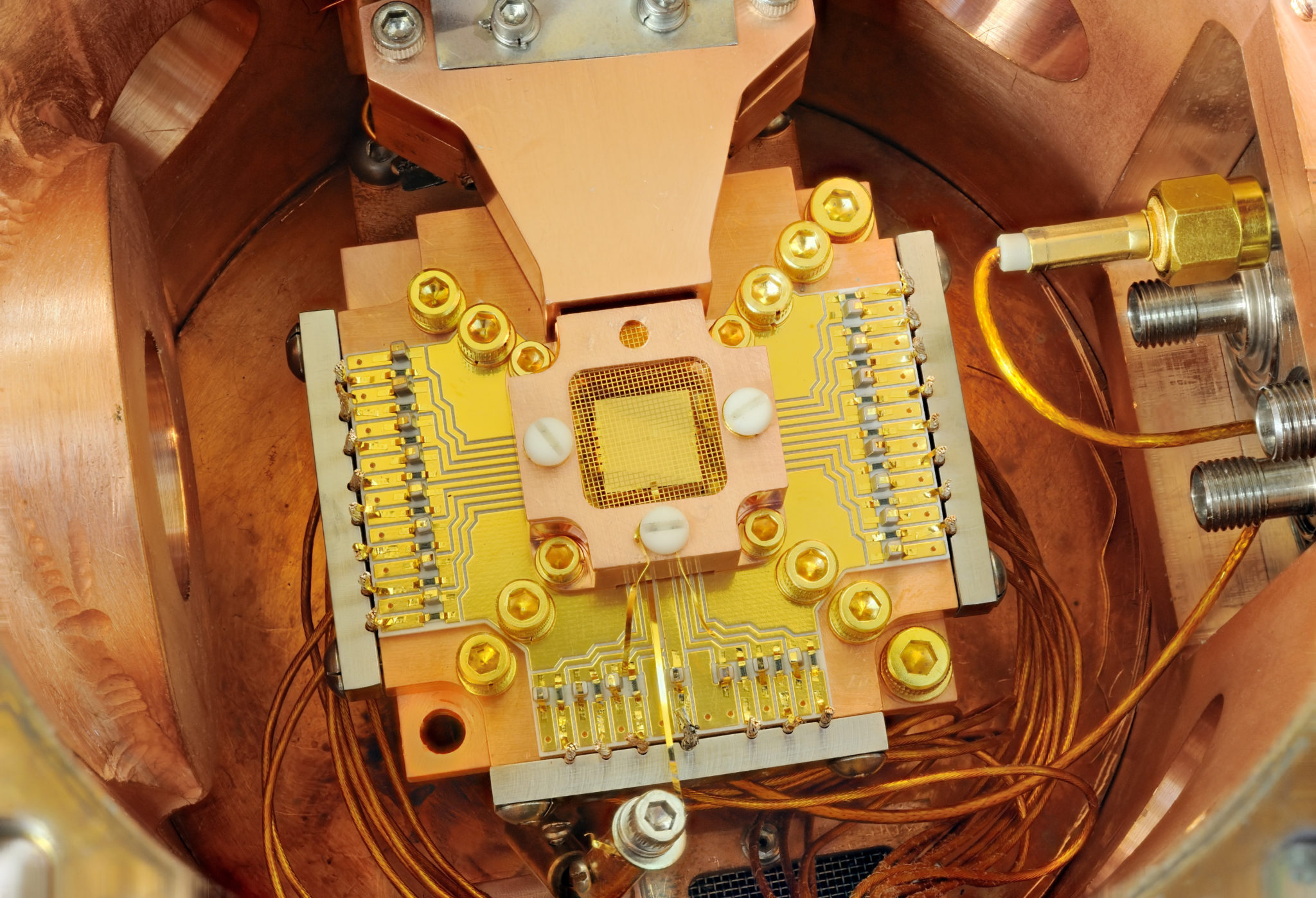
IBM continues to drive progress across the quantum computing technology stack, having announced major upgrades to its IBM Q early-access commercial systems.
In the first of two upgrades to IBM Q, Big Blue announced that the first IBM Q systems available online to clients will have a 20 qubit processor, featuring improvements in superconducting qubit design, connectivity and packaging.
This is a significant enhancement from IBM’s first prototype commercial processor announced earlier this year which boasted 17 qubits and was, at the time, pitched as the most powerful quantum processor created to date by IBM.
The 20 qubit processor will, claims IBM, lead the field with an average value of 90 microseconds, and allow high-fidelity quantum operations.
The second upgrade is a huge quantum milestone for IBM, with the tech giant having successfully built and measured an operational prototype 50 qubit processor with similar performance metrics. This new processor expands upon the 20 qubit architecture and will be made available in the next generation IBM Q systems.

Dario Gil, vice president of AI and IBM Q, IBM Research, said: “We are, and always have been focused on building technology with the potential to create value for our clients and the world.
“The ability to reliably operate several working quantum systems and putting them online was not possible just a few years ago. Now, we can scale IBM processors up to 50 qubits due to tremendous feats of science and engineering.”
Over the next year IBM Q scientists aim to develop the capabilities of quantum computing even further, including the quality of qubits and error rates of operations.
As the company expands its working systems, it will also expand its quantum computing ecosystem across open-source software tools and educational materials for those in the quantum community to use.
Through the IBM Q experience, over 60,000 users have run over 1.7M quantum experiments and generated over 35 third-party research publications. Online users have registered from over 1,500 universities, 300 schools and 300 private institutions around the world and use IBM Q as part of their formal learning education.
Andrew Houck, professor of electrical engineering, Princeton University. “I use the IBM Q experience and QISKit as an integral part of my classroom teaching on quantum computing, and I cannot emphasize enough how important it is.
“Thanks to this incredible resource that IBM offers, I have students run actual quantum algorithms on a real quantum computer as part of their assignments! What once seemed like an impossible future is now something they can use from their dorm rooms.”
Quantum computing aims to solve problems such as chemical solutions and types of optimisations that will be beyond the capability of classic machines for the foreseeable future.
– IBM benefits chemistry with quantum computing
– Google, IBM join to tackle container security
– Updated Watson Data platform opens up for AI apps
IBM first launched a working quantum computing in May 2016, making 5 and 15 qubit systems available for public access.
IBM’s Gil said: “These latest advances show that we are quickly making quantum systems and tools available that could offer an advantage for tackling problems outside the realm of classical machines.”






